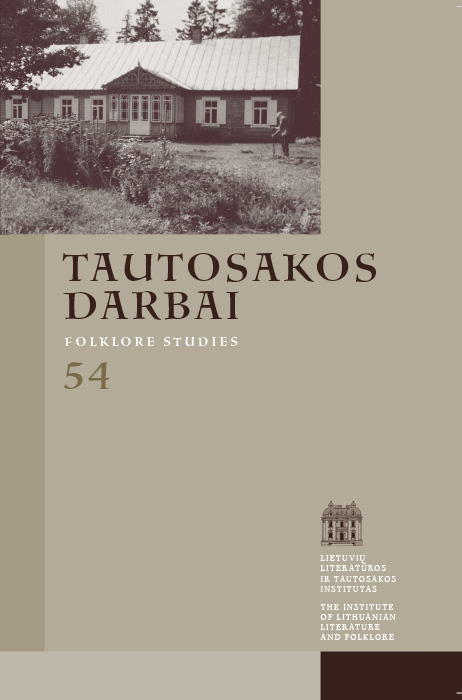Simbolinės žiedo − įkapės reikšmės Žemaitijos kapuose
Santrauka
Simbolinės žiedo − įkapės reikšmės straipsnyje nagrinėjamos remiantis archeologine medžiaga (išanalizuotos 1935 palaidojimų įkapės iš I−XVI a. Žemaitijos kapinynų), baltų religijos ir mitologijos šaltiniais, tautosaka, akademinio Lietuvių kalbos žodyno duomenimis. Tyrimas atskleidžia tris pagrindines simbolines žiedo reikšmes laidosenos ir laidotuvių kontekste: 1) žiedas – asmens ženklas, 2) žiedas – žmogaus prisiminimas, 3) žiedas – ryšius tarp žmonių kurianti ir sutvirtinanti priemonė. Etnoarcheologijos prieiga, kuria vadovaujasi autorė, leidžia daryti išvadą, kad šios žiedo reikšmės kyla iš priešistorės laikotarpio.
Atsisiuntimai
Nėra atsisiuntimų.
